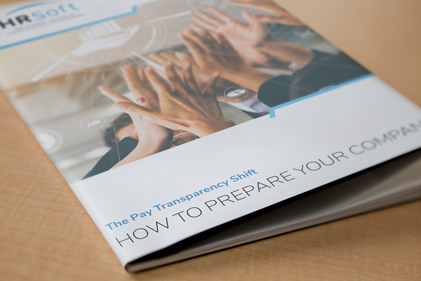HOW TO PREPARE YOUR COMPANY
In recent years, organizations everywhere have witnessed a fundamental shift in corporate pay practices resulting from employees’ demand for greater pay transparency. Most HR and business leaders already know transparent pay practices are becoming increasingly important, but they struggle to understand rapidly changing (and sometimes, poorly defined) legislation. The best approach for putting pay transparency into practice still remains unclear—especially since each organization must also consider its unique company culture and business strategy.
Yet, the demands for pay transparency aren’t going away any time soon. From increased scrutiny by boards and HR committees to evolving expectations from employees, the drivers behind compensation changes are only gaining momentum. In this exclusive guide, we share the case for pay transparency and provide practical tips for determining appropriate transparency levels for your organization.
In this exclusive guide, you will learn:
- The key drivers behind the shift towards pay transparency and why they’re important
- A practical model for determining the appropriate pay level of transparency in your organization
- Helpful strategies for mitigating the risks of pay transparency
- Tips for promoting fairness, equitability, and competitiveness while still controlling costs.



